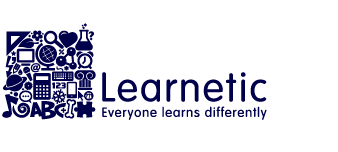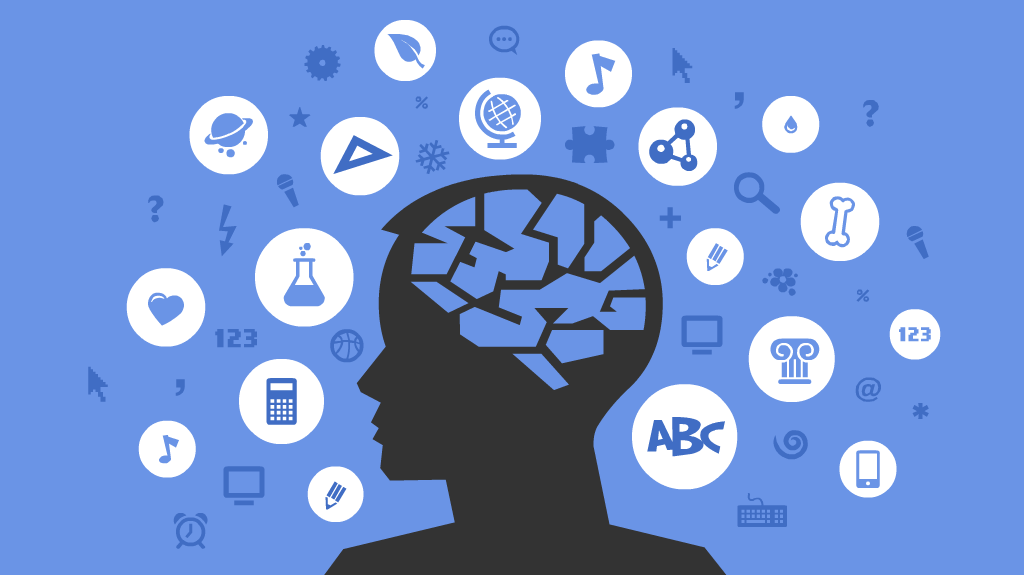Author: Marcin Malinowski, Lead Instructional Designer at Learnetic SA
Feedback: Strong Support in Personalized eLearning
The broadly defined feedback plays an essential role in eLearning. Regardless of the form – whether it is text, sound, animation or any other type – it can be a great support in the learning process. Unfortunately, it is most often treated with neglect – it comes down to messages like: “you passed”, “you failed”. It is important to understand the specific role of feedback and find out what a powerful ally it can be in creating interactive content.
When starting to design feedback in the context of personalized eLearning content, we should distinguish some elements relevant to the substantive side of this sphere.
The concept of Feedback is an inseparable element of learning in a broad sense. In the world of eLearning, however, it acquires a stronger meaning, including personalization of the content and the whole educational process on a scale larger than it has ever been before.
This leaves us with questions that go beyond strictly technological issues: are there any standards for designing feedback? How do they relate to teaching and methodology? How to make the personalized eLearning system more human?
Formative and Summative Assessments
It is worth analyzing these issues starting from the concepts of formative and summative assessment.
Formative assessment as part of the learning process should give learners the opportunity of better understanding and absorbing knowledge, while the goal of summative assessment is to assess student learning at the end of an instructional unit.
Within the eLearning environment, we can describe the feedbacks referred to in this text as a kind of formative assessment. On the other hand, the entire reporting area – being also some sort of feedback (page progress, lesson report, etc.), is a kind of summative assessment.
Retrieval Practice of personalized eLearning
Feedback performed on the basis of formative assessment can be a perfect complement to the learning strategy that focuses on getting information out, rather than getting information in, known as retrieval practice. Working within this strategy can be a catalyst for calling information to mind, which subsequently enhances and boosts learning – the processes that are the essence of this strategy.
Well-designed feedback can also play an important role in identifying gaps in learning – providing the most significant benefit of retrieval practice, which is the awareness of what learners know and do not know, called metacognition. It is therefore an essential component in memorization and the conscious use of knowledge. By supporting a wide range of mental processes, it can be very helpful in higher order thinking, organization of knowledge or transfer of knowledge to new concepts.
Purposes
The purposes of using feedback are directly related to the learner support, and thus in a way also with the previously mentioned concept of formative assessment. As such, feedback may guide learners to correct/incorrect answers, lead them to the correct answer, or initiate reflection on a given response. The purposes of using feedback can therefore be quite clearly defined:
- helps learners to self-assess the understanding of the acquired knowledge
- provides learners with information on the quality of their learning, e.g. indicates what needs to be repeated
- encourages learners to continue learning
- increases motivation to learn
- indicating deficiencies, helps to make up for any backlogs
Effectiveness of Feedback
Educational Role
Feedback, which should facilitate learning, must be educational. The difference between being informative and being educational is fundamental, so the answer to the question why something is correct or not is more important than the fact itself.
Motivational Role
The role of the eLearning system in the context of facilitating learning should focus primarily on those learners who do not go very well. The great advantage here is the ability to generate feedback almost at any time. A well-structured system can therefore play a motivating role at every moment of the learning process. It also allows you to play an important role in maximizing the results of those learners who are doing well.
Human Side of the System
Creating only automated, cold messages may affect the above-mentioned aspects of feedback effectiveness. On the other hand, being empathic and helpful can do a lot. In fact, this aspect works just like in traditional education – learners who are understood and appreciated will work better, have an open mind and willingness to learn.
Feedback Design
The ideas on how to design feedback can be based on a simple thought: well-designed feedback encourages learners to continue learning. Therefore, it can be assumed that a careful approach to this is directly proportional to the quality of the education process.
The design of feedback depends mainly on the type of question, so two basic approaches can be distinguished:
- If the question is prepared for testing, you can enable multiple replies, e.g. each time displaying a different message, e.g. “Not exactly”, “Try another answer”… or simply give the correct answer.
- If the question involves solving problems, analyzing, etc. it is worth designing a feedback that will allow the learner to think and understand, and will be a kind of challenge.
Adaptive Learning
Feedback can become a perfect complement to the Adaptive Learning method. Used in this field, it releases great opportunities for personalized learning.
We provide advanced solutions in the area of Adaptive Learning, so if you are interested in personalized learning, you will find a wider development of this topic under the links below:
https://www.learnetic.com/adapting-to-adaptive-learning-part1
https://www.learnetic.com/adaptive-lms
Do not miss other interesting posts that we will publish in this blog.





